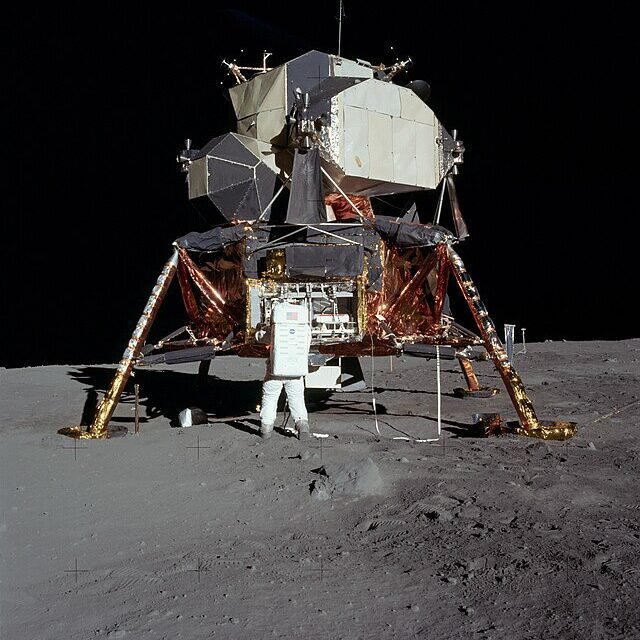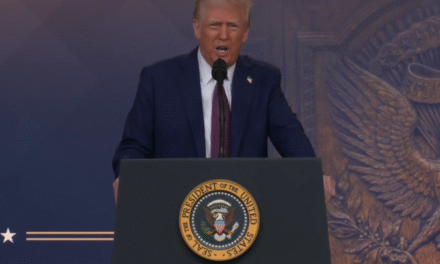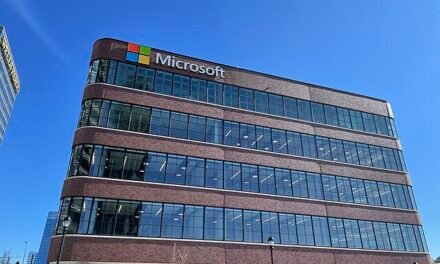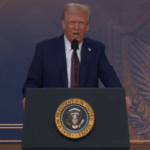NASA’s decision to postpone a private astronaut launch to the International Space Station, announced June 12, has Washington, D.C.’s space enthusiasts on edge as the agency grapples with persistent leaks in the station’s Russian module. Working with Russia’s Roscosmos, NASA is racing to ensure the aging ISS remains safe for its seven crew members, but the delay raises questions about the station’s future and America’s reliance on SpaceX, fueling local debates over space exploration’s risks and rewards.
The Axiom-4 mission, set to send four private astronauts via SpaceX’s Falcon 9 and Dragon spacecraft, was halted to investigate cracks in the Russian Zvezda module, where 50 “areas of concern” and four major cracks were found in 2024, per NASA’s Inspector General. Recent repairs stabilized pressure, but a new “pressure signature” prompted further checks. “Safety comes first,” said NASA’s Bethany Stevens, noting the ISS crew—NASA’s Anne McClain, Nichole Ayers, Jonny Kim, Japan’s Takuya Onishi, and Russia’s Kirill Peskov, Sergey Ryzhikov, and Alexey Zubritsky—is operating normally. The ISS, over 20 years old, faces a 2030 decommissioning, with private stations like Axiom’s planned as replacements.
Locals are riveted yet concerned. “The ISS is humanity’s outpost—it’s scary to hear about leaks,” said Mike Ellis, a Bethesda retiree who follows NASA. Clara Vong, a D.C. teacher, said, “My students love space, but delays make it feel shaky.” Small D.C. planetariums report 10% ticket spikes from space buzz, but vendors face 5% sales dips due to tariff-driven equipment costs. Analyst Priya Shah noted, “NASA’s caution is prudent, but it highlights our SpaceX dependency—Boeing’s Starliner flopped.” A June 2025 poll shows 75% support NASA’s safety focus, but 50% worry about ISS reliability.
The delay could cost Axiom Space $10 million, per industry estimates, denting America’s $50 billion space sector. Small firms in D.C.’s supply chain face 15% order delays, while Trump’s 24% NASA budget cut threatens science missions, like the Roman Telescope, vital for exoplanet research. Critics argue NASA’s risk-averse stance, worsened by a Trump-Musk feud, stalls commercial progress, noting SpaceX’s Dragon is the sole U.S. ISS transport after Starliner’s 2024 thruster failure stranded astronauts. If leaks worsen, crew evacuation via Dragon is possible, but Russian Soyuz reliance could resurface, echoing 2011–2020.
NASA and Roscosmos aim to resolve the issue by July, with Axiom’s Kam Ghaffarian vowing a swift relaunch. “We’re ready when NASA is,” he said. For D.C.’s space fans, the ISS’s fragility is a stark reminder of exploration’s limits. “It’s amazing but old,” Ellis said. As NASA probes the leaks, the stars feel closer yet harder to reach.web:4,18




















